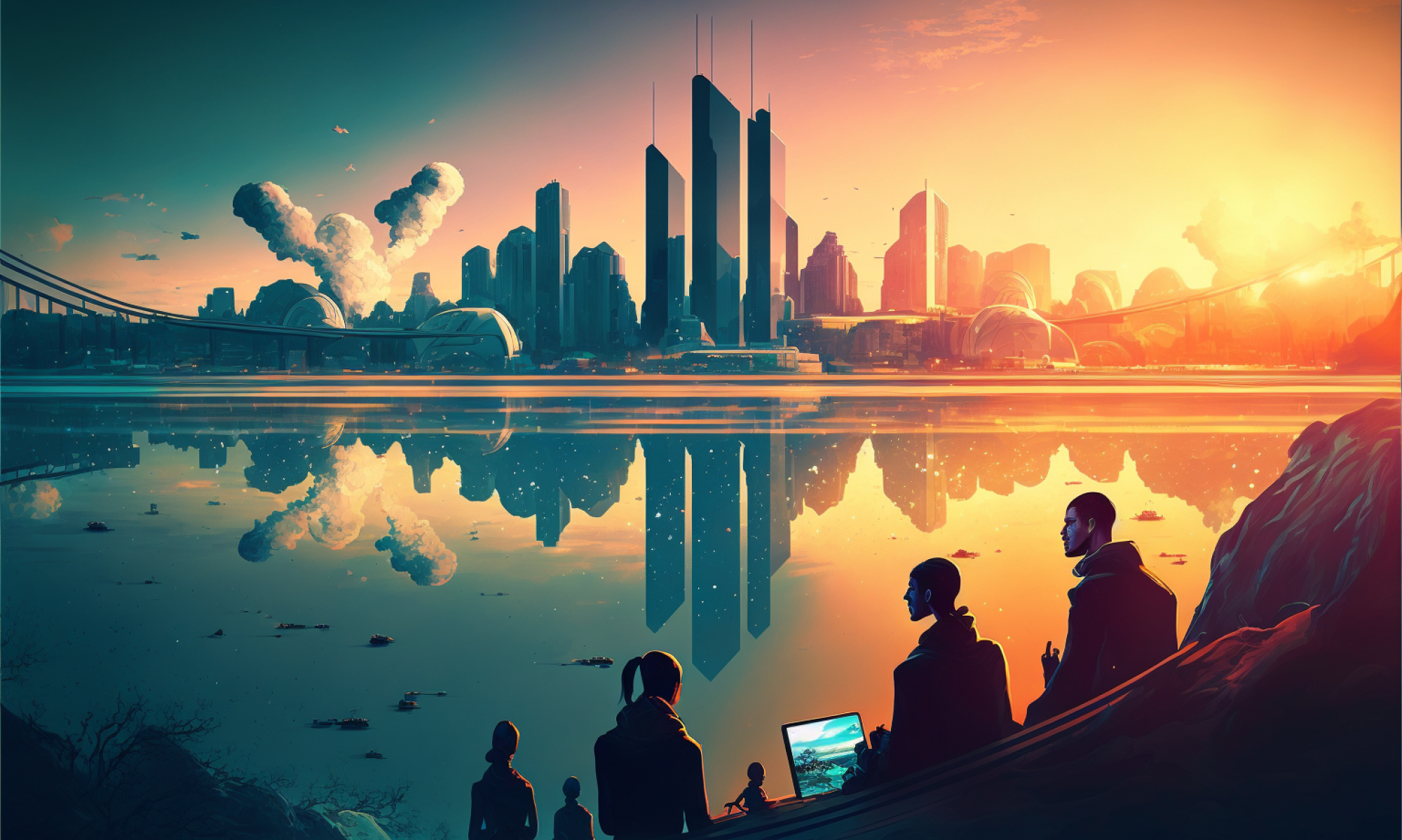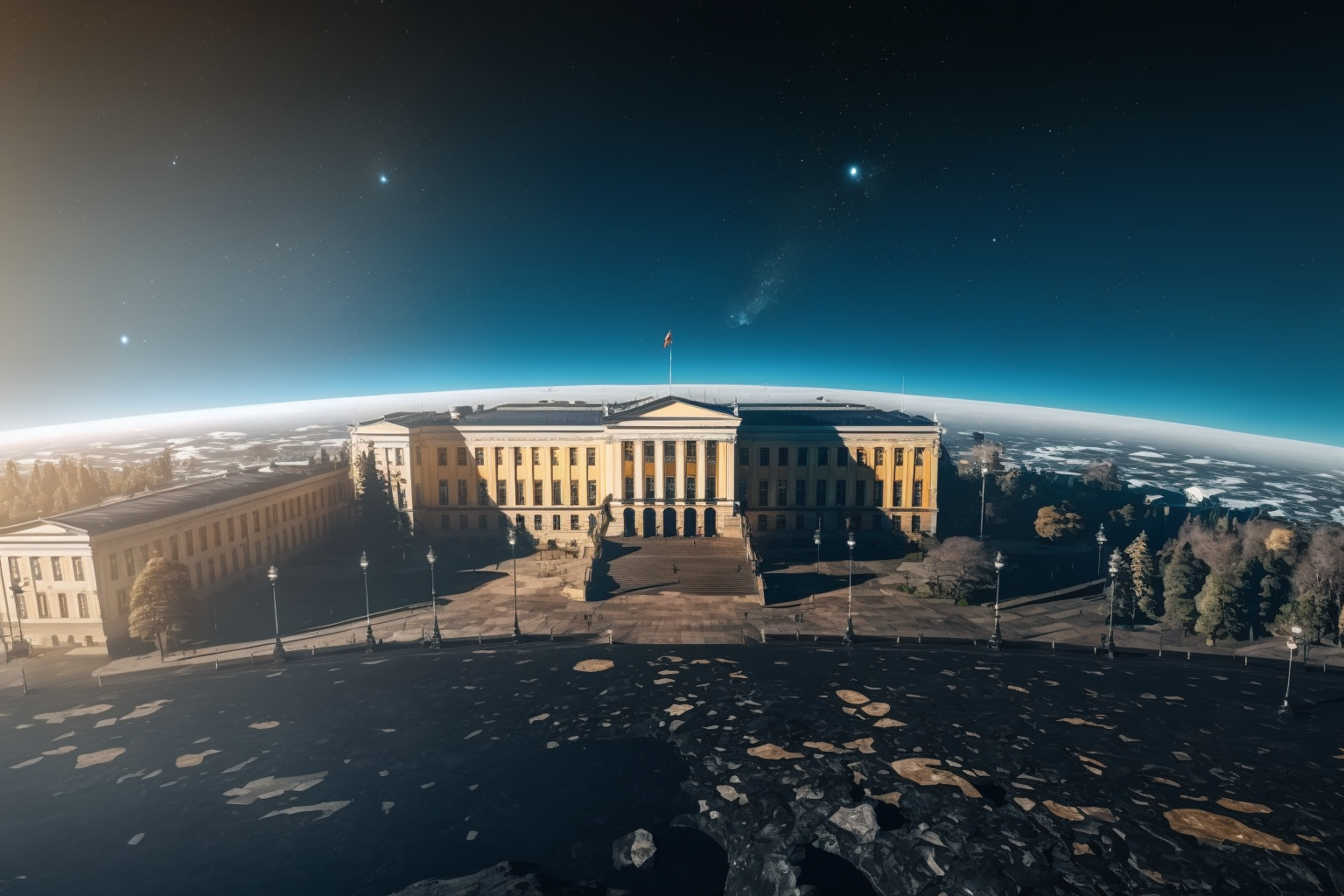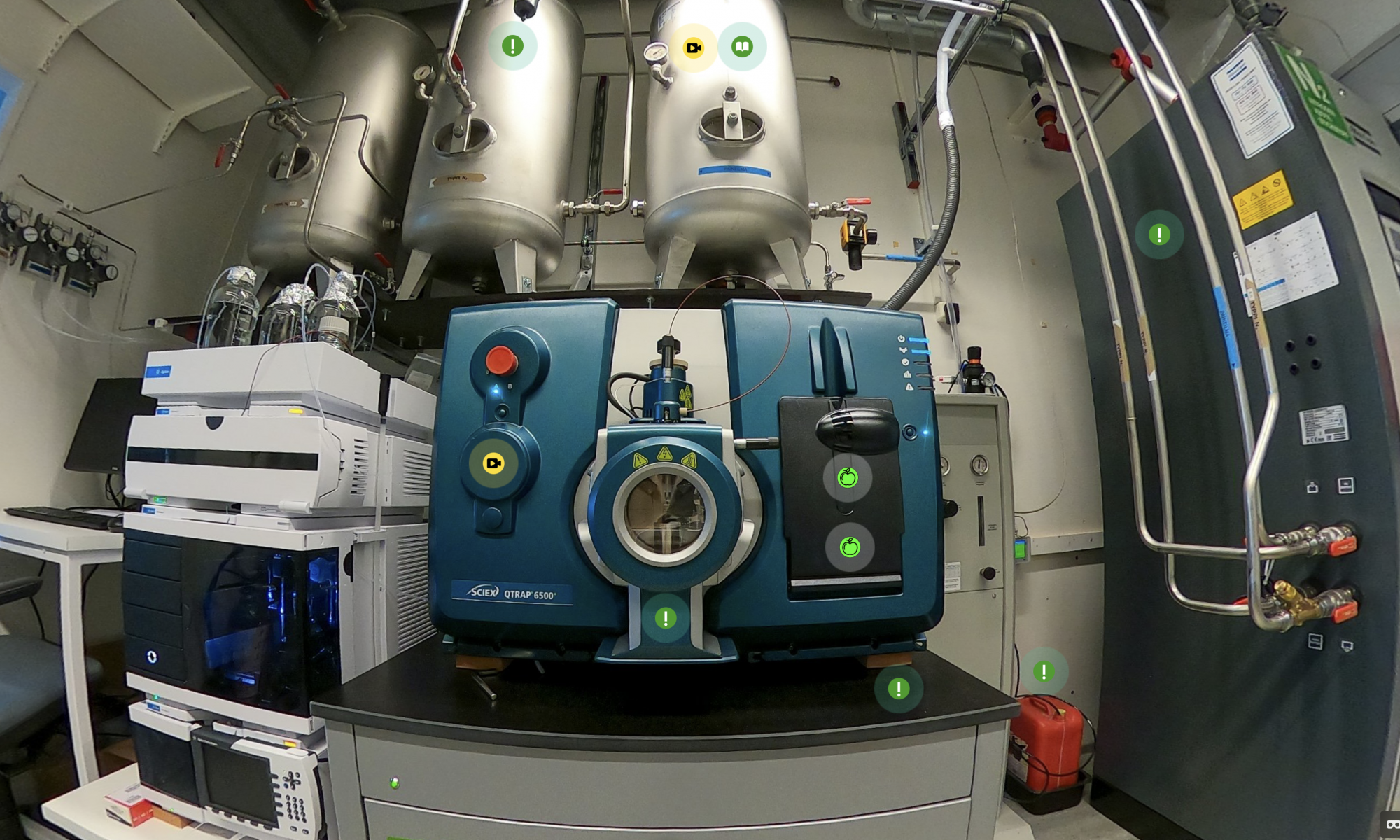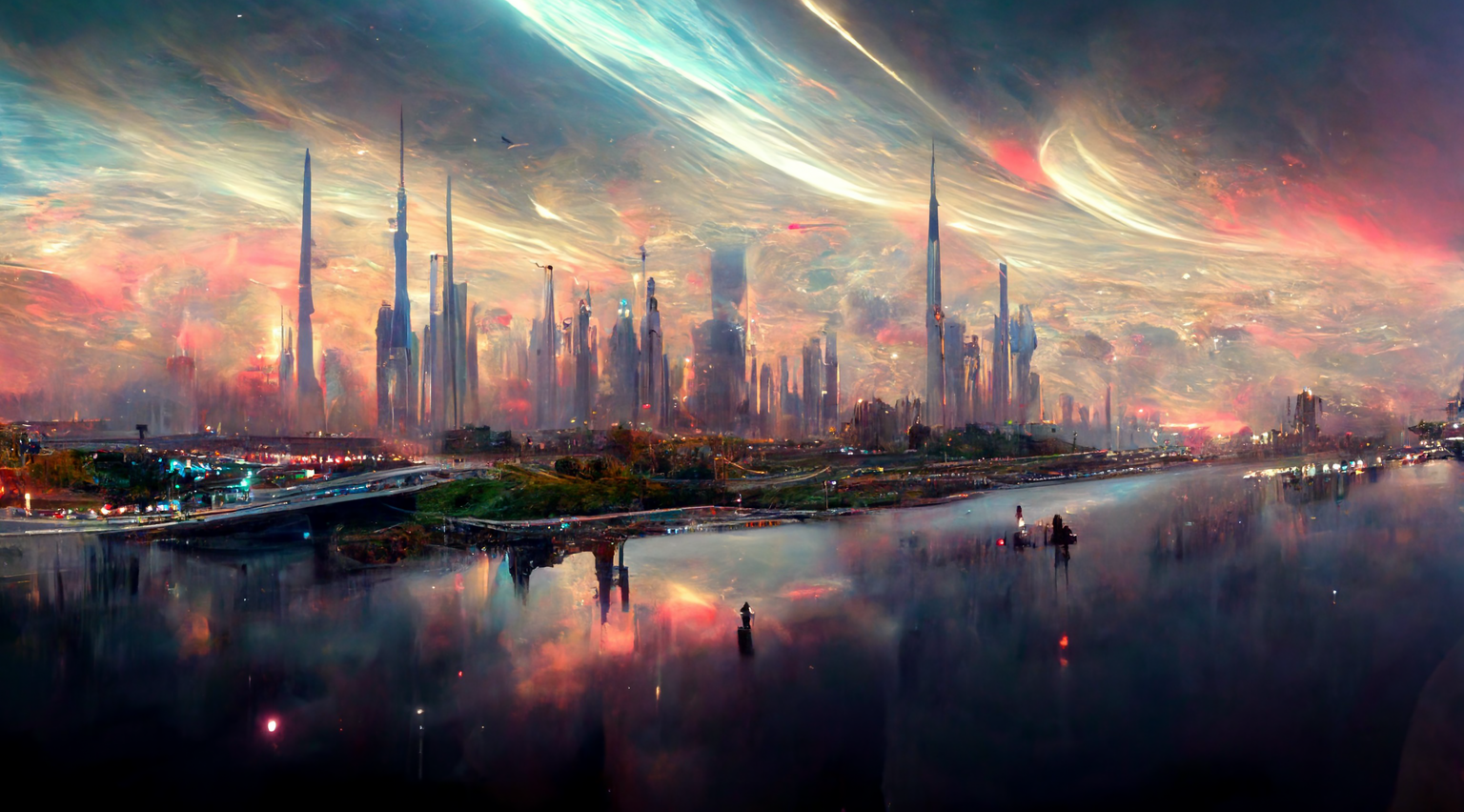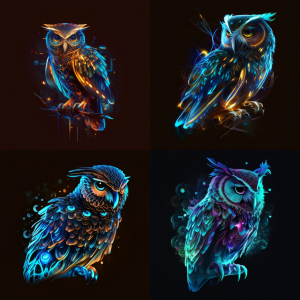Artificial intelligence (AI) provides us with new opportunities for creating videos. The variety of different types of video applications and features is rapidly increasing. One of the easiest ways of producing lectures or other video learning material is by generating virtual instructors, avatars, to present the content.
Is it sometimes inconvenient to make a video? Does it feel awkward to show up with your own face and voice? Instead of escaping and having an assistant to do the job, you can recruit an avatar. Or in fact create one with AI-based software like Colossyan, Synthesia, or D-ID. They may slightly differ in features, but all of them let you generate a realistic-looking virtual actor to give a talk with a preferred accent and tone. With some of the applications, it is also possible to make more fantasy-like characters or to customise an avatar with your own face and voice.
What is the video production experience like in practice? You can first look at the video below where the process is described, or sign up directly for a trial, type in a script, customise a character and background, add media, and generate an edited video. With a purchased plan you can tell a story through several scenes.
If you are struggling with visuals or even the script, you can ask AI to help you with templates, ideas, or a draft based on a set of parameters like context, goal of the video, audience, presenter, and tone of the presentation. This type of prompt-to-video feature may speed up your work and still let you customise everything. We asked Colossyan to create a video about the features of the text-to-video generators, and here is the result (unedited):
How do learners regard avatars as teachers? A lot more research will be needed, but some studies have already indicated positive impact. For example, it was found in MIT that a virtual instructor can increase students’ motivation towards learning, cultivate positive emotions, and boost their appraisal of the AI-generated instructor. Since a student’s relationship with the instructor can have a significant impact on attitudes, motivation, and even learning results, an avatar resembling a person that a student likes or admires – or maybe a favourite cartoon or movie character – may inspire and even improve performance. (Pataranutaporn et al, 2022.) – After all, wouldn’t you like to be taught by Einstein or Bill Gates? 😊 Well, of course we must respect everyone’s privacy and ask for consent to appear as an avatar.
References:
Pataranutaporn, P., Leong, J., Danry, V., Lawson, A.P., Maes, P., Sra, M. (2022). AI-Generated Virtual Instructors Based on Liked or Admired People Can Improve Motivation and Foster Positive Emotions for Learning. Published in 2022 IEEE Frontiers in Education Conference, pp. 1-9.
